Fasolakia (Φασολακια) simply means ‘green bean’ in Greek – and this is a deliciously old fashioned Greek green bean casserole. It doesn’t take much imagination to realise it’s a way of using up a summer glut but, truly, it’s so much more than the sum of its parts.
It’s one of those recipes where the origin is lost in the mists of time, but it’s something you find in tavernas all over Greece.
Sometimes there is potato, sometimes courgettes and even the occasional beef rib bone. I rather like the beef rib bone – if you happen to have one around. I prefer it without the courgette and, since I like to freeze this down in batches, I don’t include potato.
Non negotiable are the green beans.
It’s too early for any beans to be harvested in my garden – and I suspect the plants are drowning since we’ve had so much rain this year. I’m not holding out for a glut. Fortunately, I happened upon a bargain. (There’s a lot to be said for picking up your daughter from work! I shall miss that when Liddy starts uni.)
The easiest way to deal with the topping and tailing is to slice through the bag. Any bean evading my knife can be easily dealt with but it’s so less mind numbing than working through them individually.
I wanted to make a bumper batch of Fasolakia so I added some stringless Helda beans to my stash of bargain fine green beans. It’s entirely in the spirit of the thing to use all and every type of bean. Use whatever is the best value. (Bet you can’t beat 10p for 280g!)
Fasolakia is the kind of thing you want to eat with a fork so cut the beans into bite sized pieces.
Chop your onions into small dice.
Cut the top off the onion. Then cut in half leaving the root attached. Peel the skin away. If you want something to hold you can leave it attached. Cut two horizontal cuts.
Then make lots of vertical ones. Working towards the root, slice downwards to make dice.
Soften in olive oil – or groundnut oil – until soft and translucent. Take your time.
While that’s happening, grate the carrot. I use a chunky box grater.
Toast and grind some coriander seeds.
Put the seeds in a dry frying pan and place over a low heat. Keep an eye on it as they can burn quickly. You know when it’s ‘done’ by the smell. If you’re cooking on an Aga – place your seeds in a frying pan and place in the Roasting Oven for 5 minutes.
Either way, transfer the warm seeds to a pestle and mortar and grind.
If I lived in Greece I’d use fresh tomatoes, but I don’t. Out-of-season tomatoes seem to taste of nothing so I prefer to use tinned tomatoes. I buy ‘whole’ tomatoes in preference to ‘chopped’.
If you think about it, it’s obvious the better quality tomatoes go into the ‘whole tomato’ tins and the less-than-perfect tomatoes end up in the ‘chopped’. It’s not much effort to give it all a squeeze. Clean hands are convenient and you don’t cut into the seed which is the most bitter part of a tomato. A teaspoon of sugar per tin mimics the sweetness of sun ripened fresh tomatoes.
Garlic. I grate mine on a microplane grater because I think it distributes the garlic more evenly through the dish. If you don’t own a microplane grater – add it to your Birthday List – and bash and finely chop in the meantime.
Then, place all the vegetables and garlic in a nice big casserole dish.
Add some chilli flakes to the semi-ground coriander. Grind.
Now, some ginger. The easiest way to peel a knobbly lump of ginger is to use a teaspoon and scrape. A coarse microplane grater is the best tool to reduce it to a desirable mush but a box grater also works well.
Everything goes into the casserole.
Add chicken or vegetable stock.
Chop lots of fresh parsley.
Add the softened onions and most of the parsley to the casserole. Now, it’s a question of cooking long and slow.
Cover and simmer over a low heat for 1 hour. Aga: Place in the Simmering Oven.
Taste. Season with sea salt and freshly ground black pepper. Now it the point at which it freezes wonderfully.
Feta is best bought ‘in brine’. It means you can take what you need and store the rest in the fridge for another day.
Sprinkle the Fasolakia with a little chopped parsley and some crumbled feta cheese.
Fasolakia is even tastier the day after you make it; when all the flavours have become acquainted. It’s even lovely served cold in pita bread.
Personally, I love it warm and served with lots of freshly baked crusty bread. Try it as a side dish with barbecued lamb. Just lovely.
Eat.
Serves 4 with crusty bread (more with slow-cooked lamb)
- 500g/1lb green beans, cut into bite sized pieces
- 2 onions, diced
- 4 tablespoons of olive oil or ground nut oil
- 2 cloves of garlic, grated to a pulp
- 2 carrots, peeled and grated
- 1 x 400g tin of whole tomatoes
- 1 tablespoon of coriander seeds, toasted and ground
- Pinch of dried chilli flakes
- A chunky thumb-sized piece of ginger, peeled and grated to a mush
- 100ml/3 ½ fl oz chicken or vegetable stock
- Large bunch of freshly chopped parsley
- Sea salt and freshly ground black pepper
Soften the diced onions in oil until they are soft and translucent.
Place the beans, grated carrot, garlic, tomatoes, ginger, ground coriander, chilli flakes, ginger, stock, chopped parsley and the softened onions in a large casserole dish. Mix everything together. Cover and simmer gently for an hour. (Aga: Bring up to a boil and transfer to the Simmering Oven for an hour.)
Taste and season with sea salt and freshly ground black pepper.
To serve, sprinkle over some chopped parsley and some chunks of salty feta cheese.
Eat.


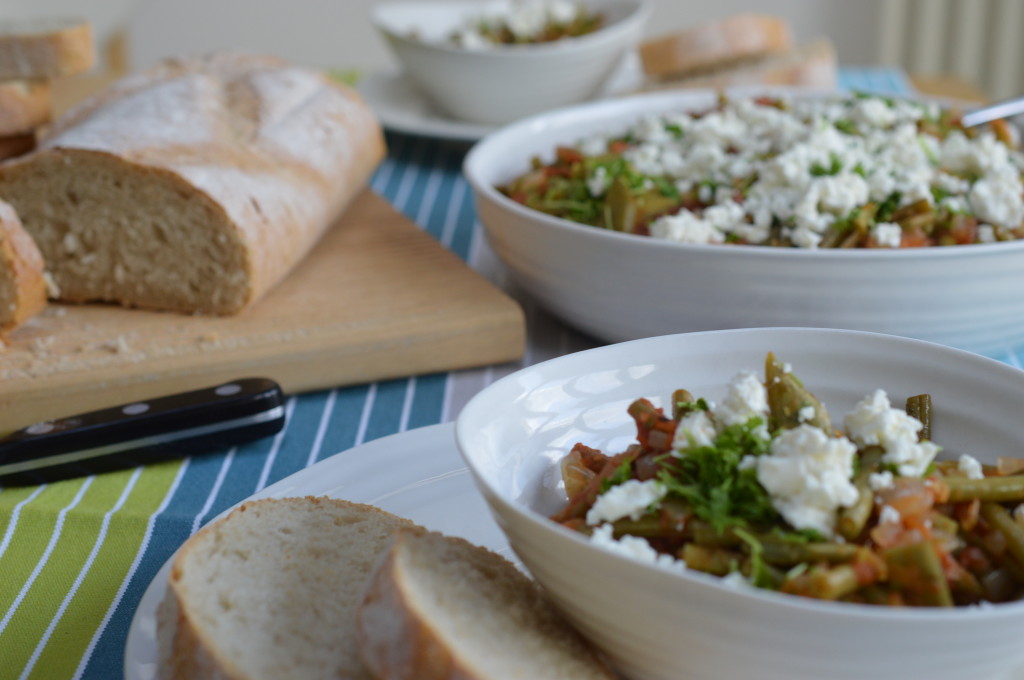
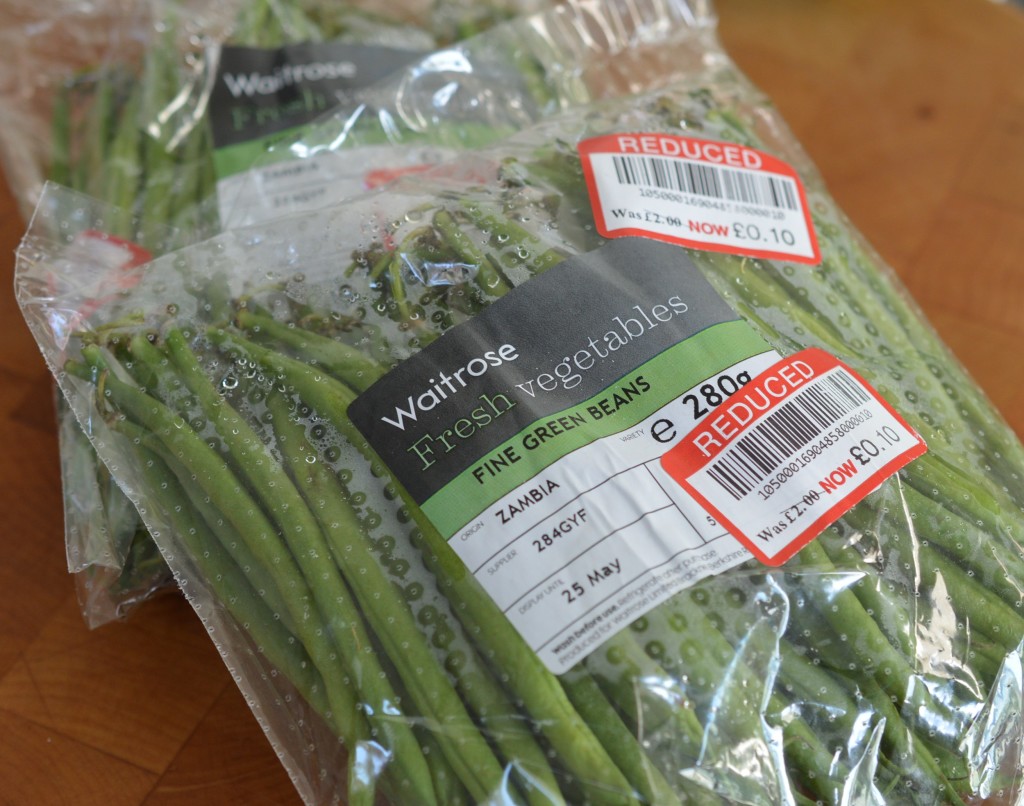
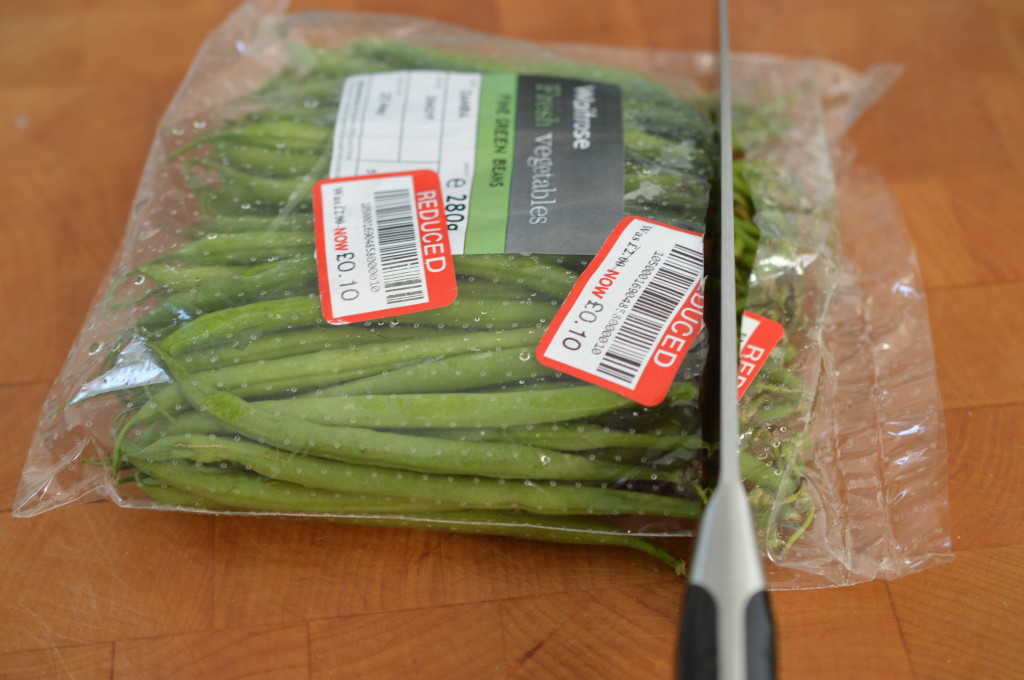
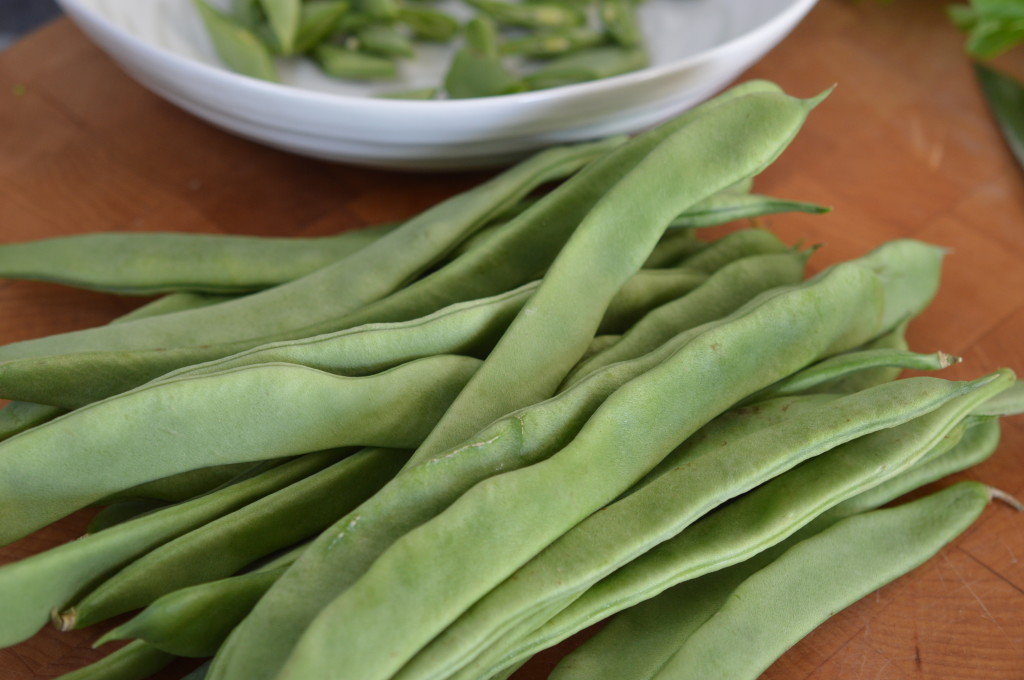
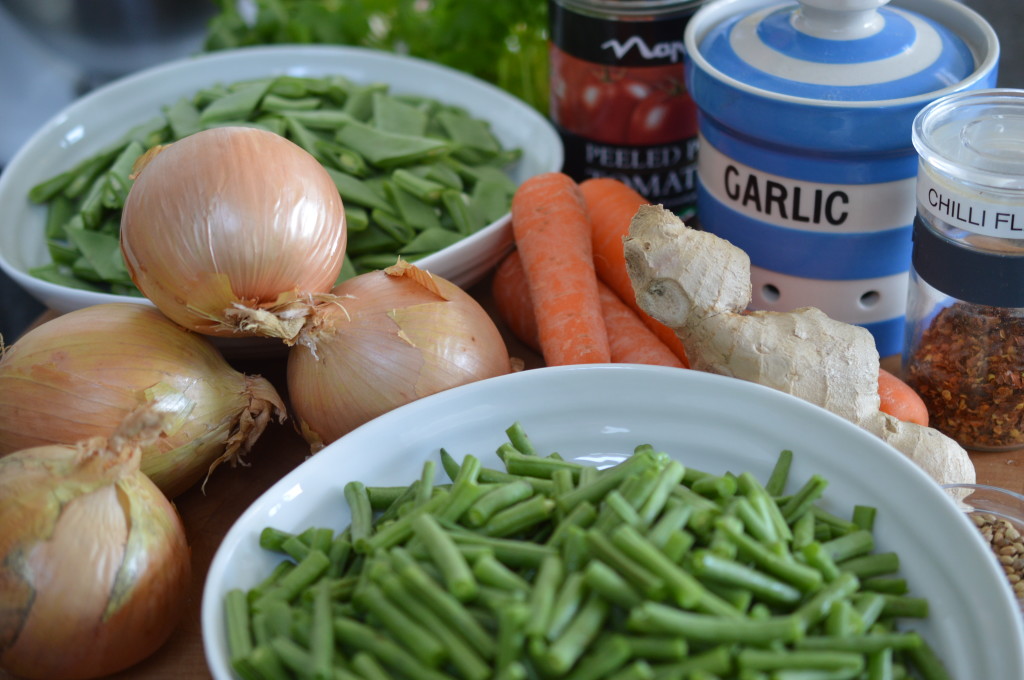
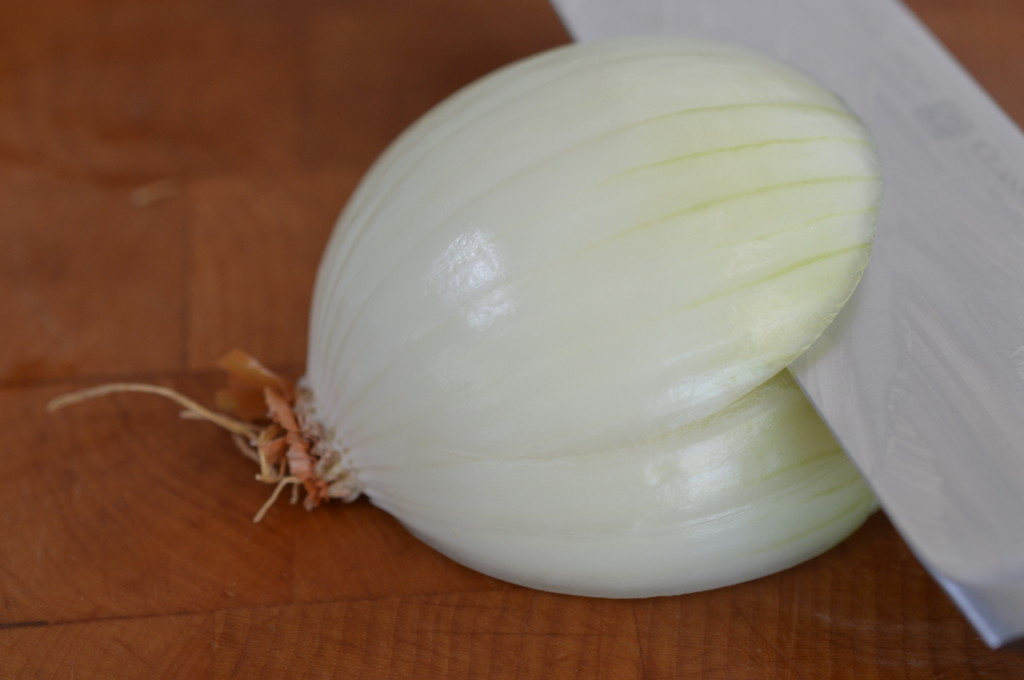
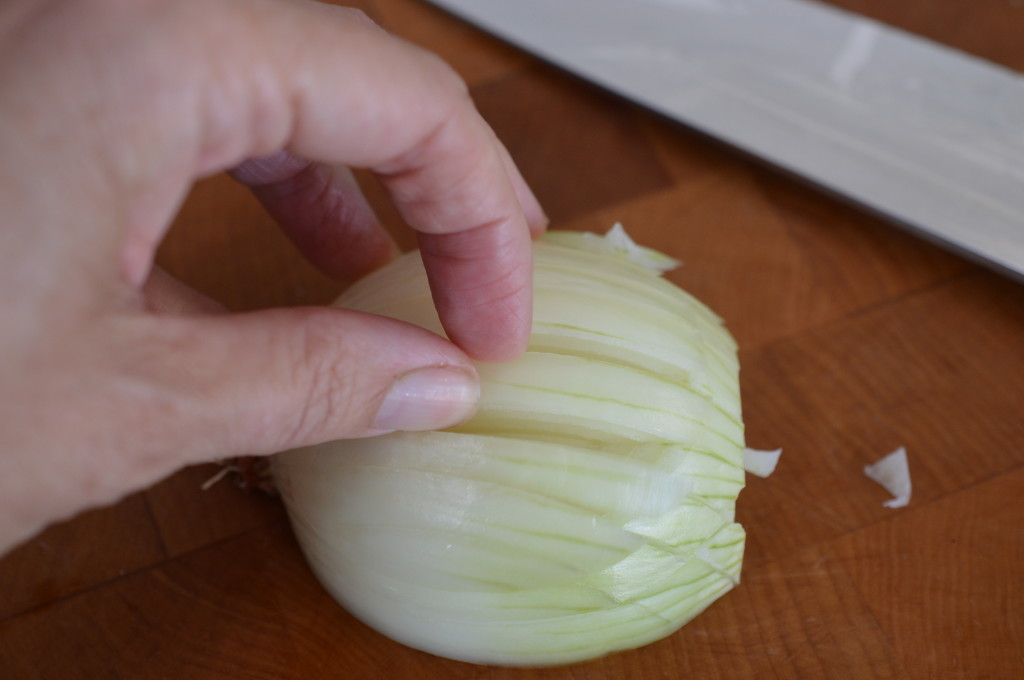
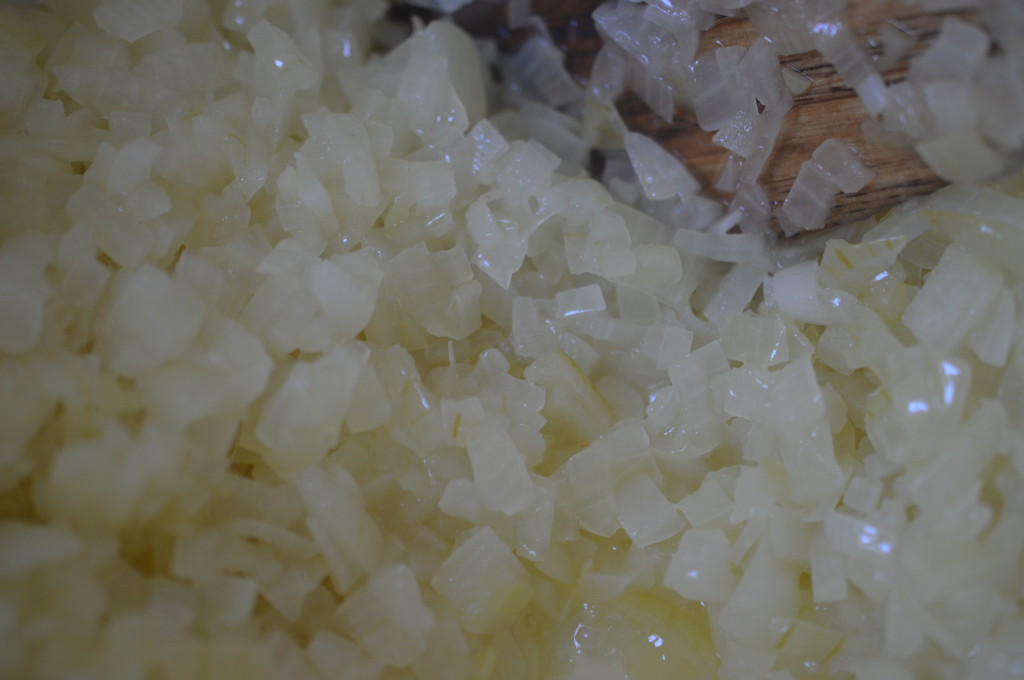
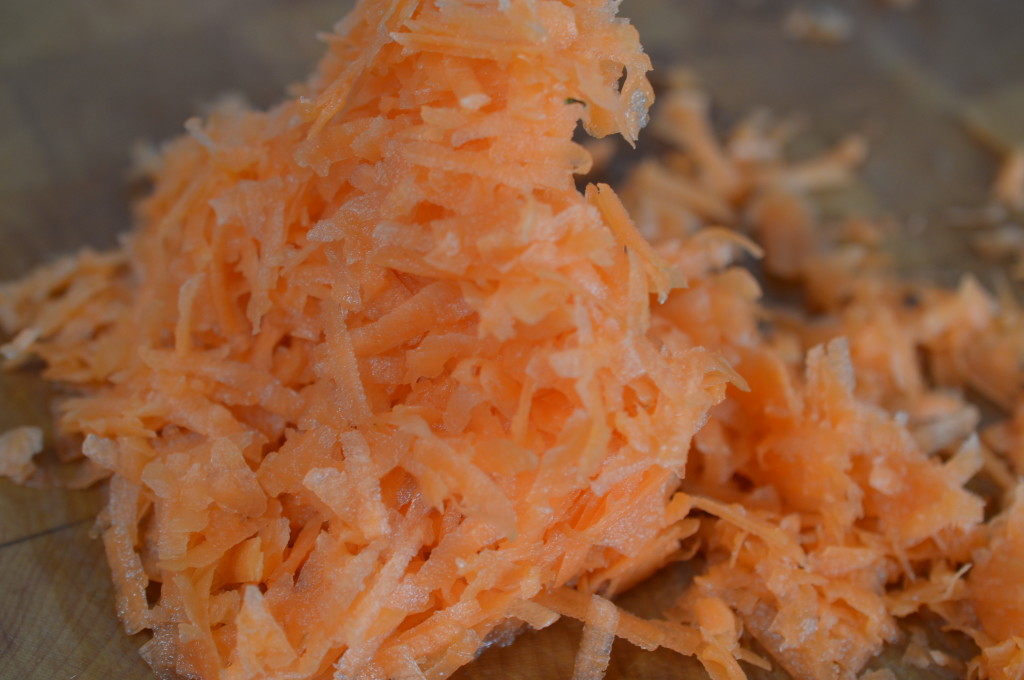
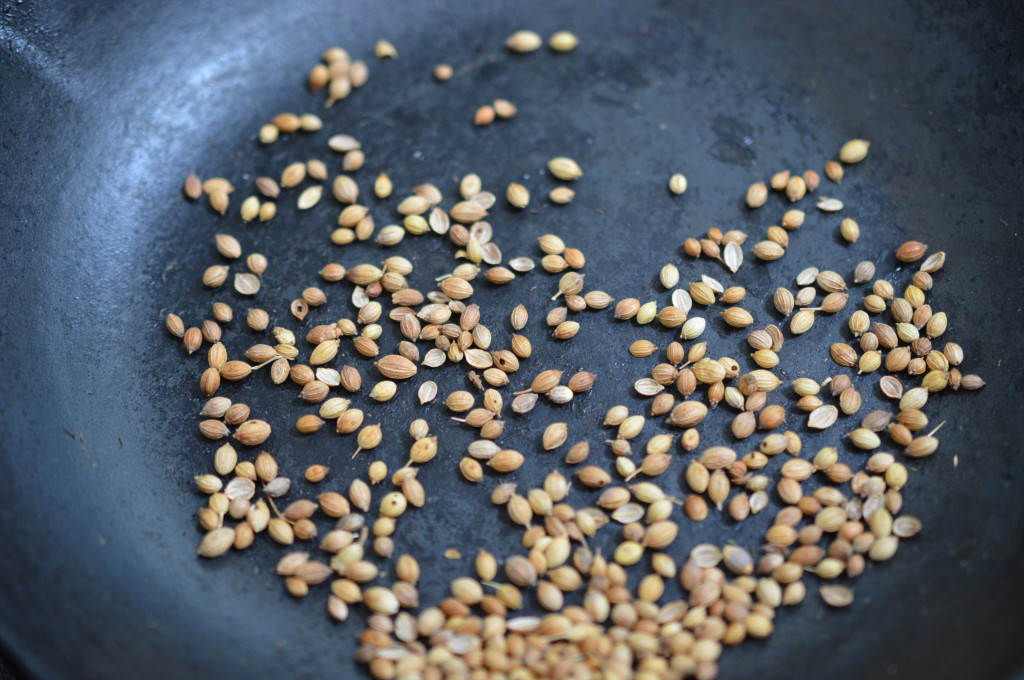
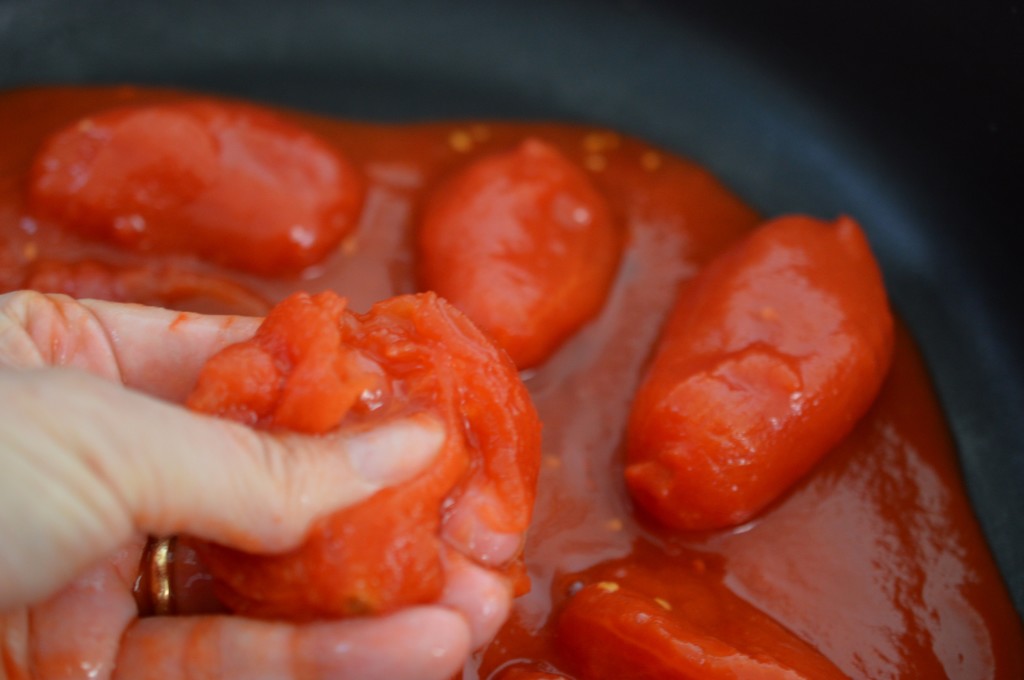
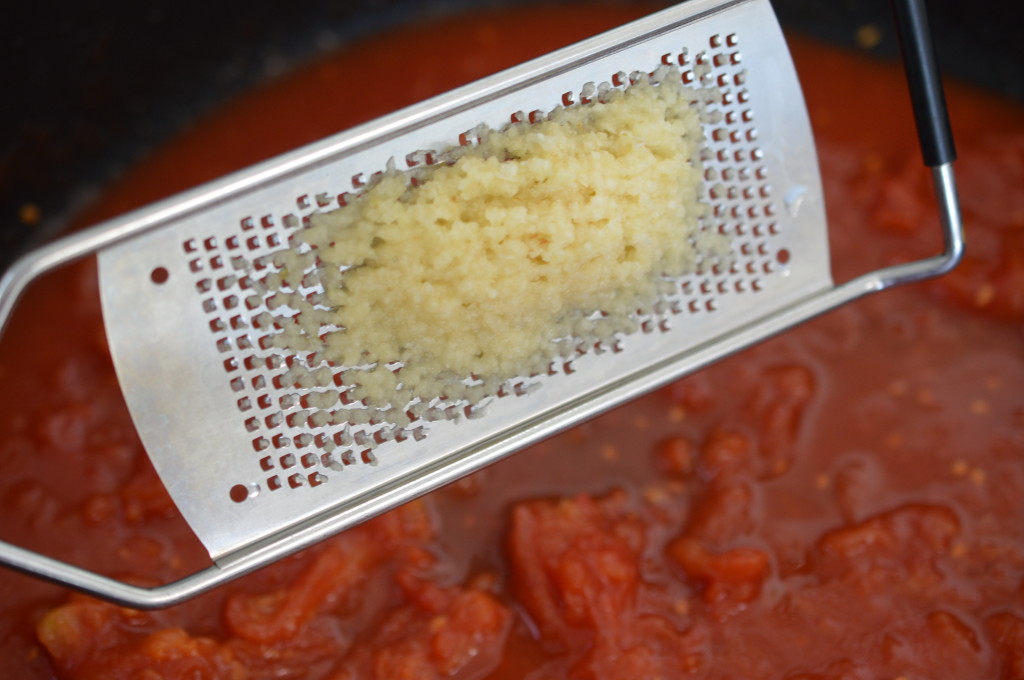
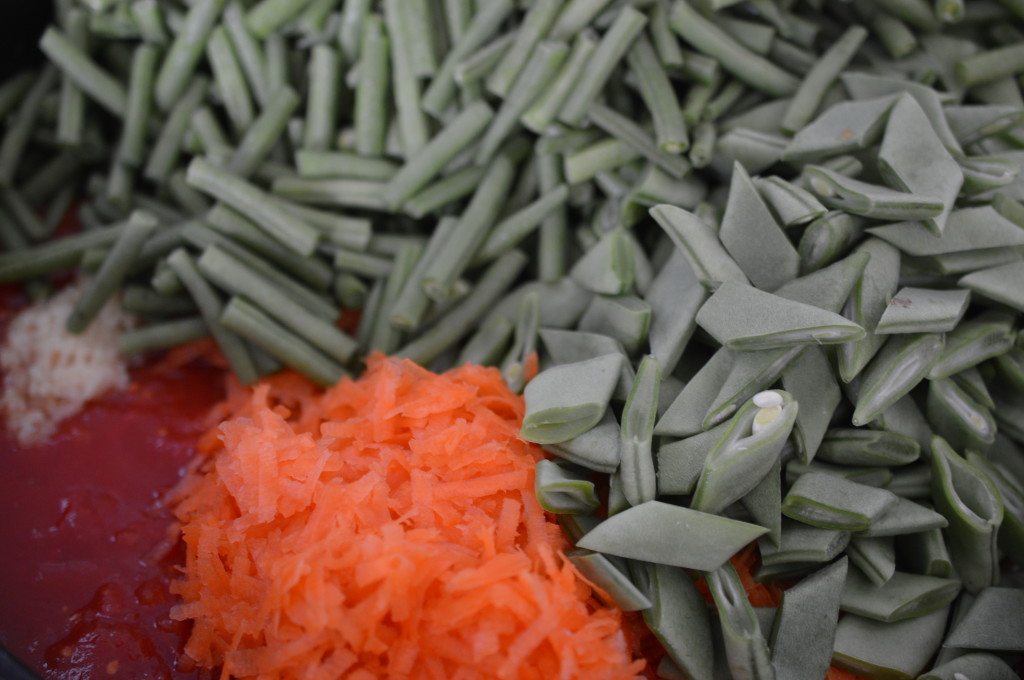
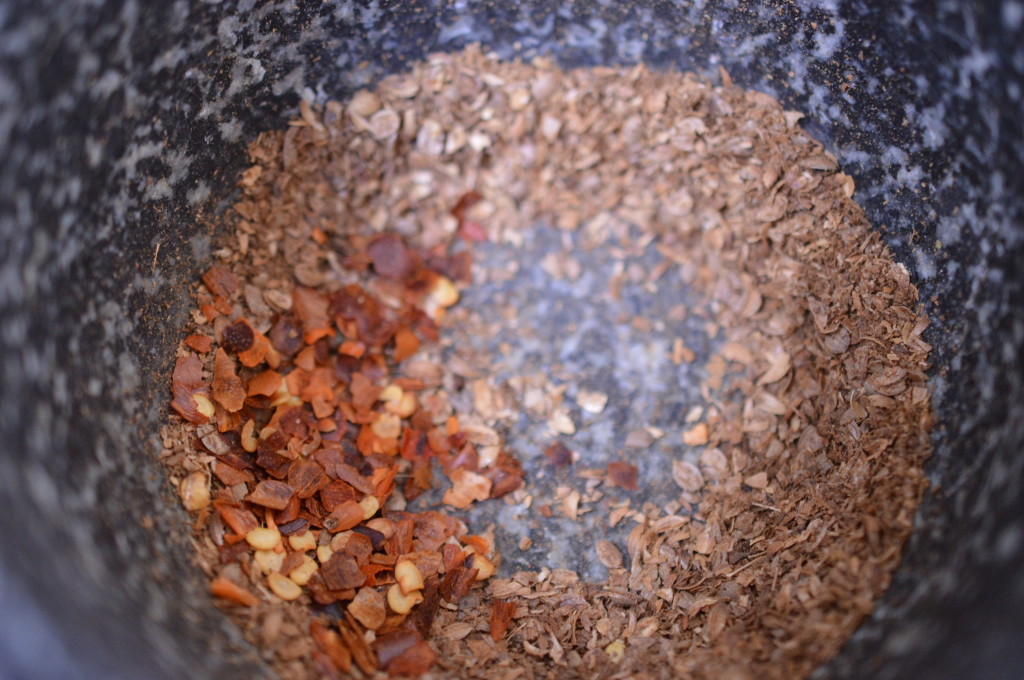
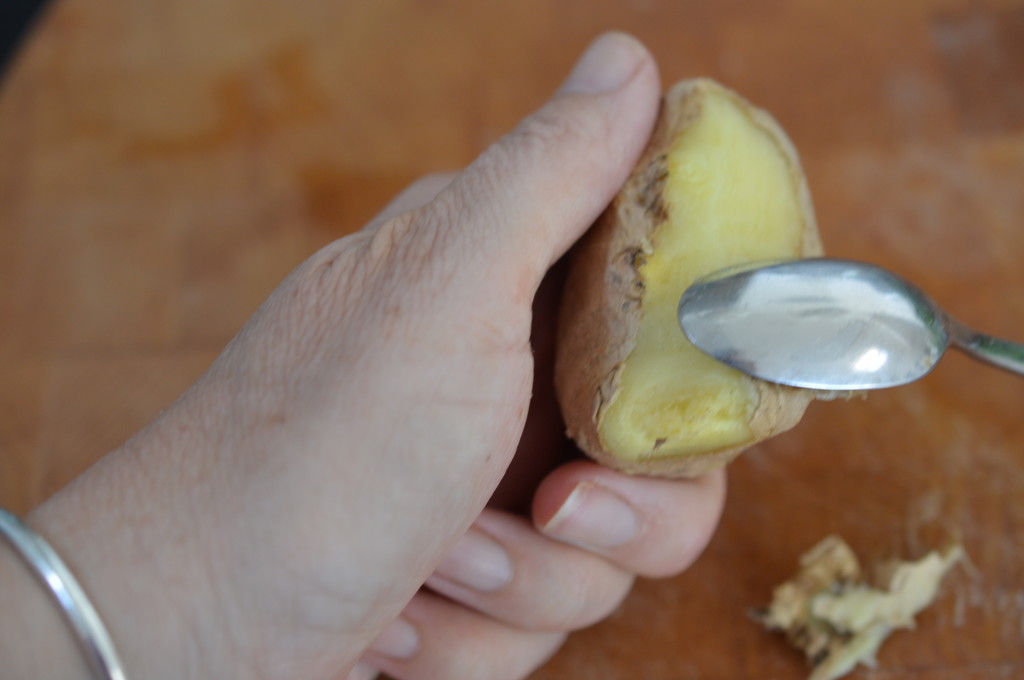
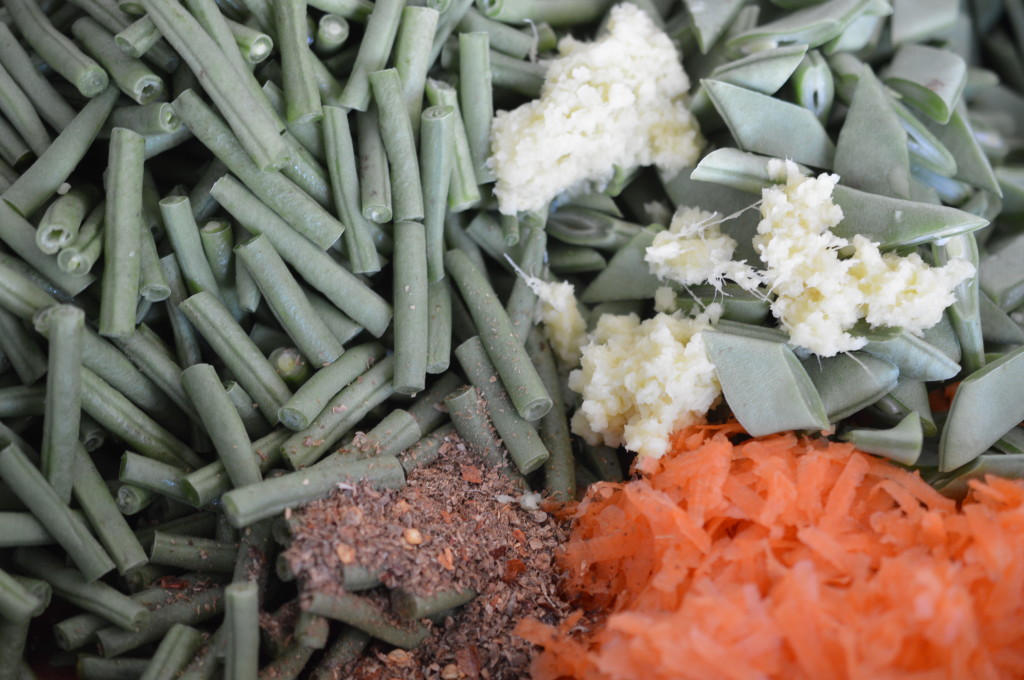
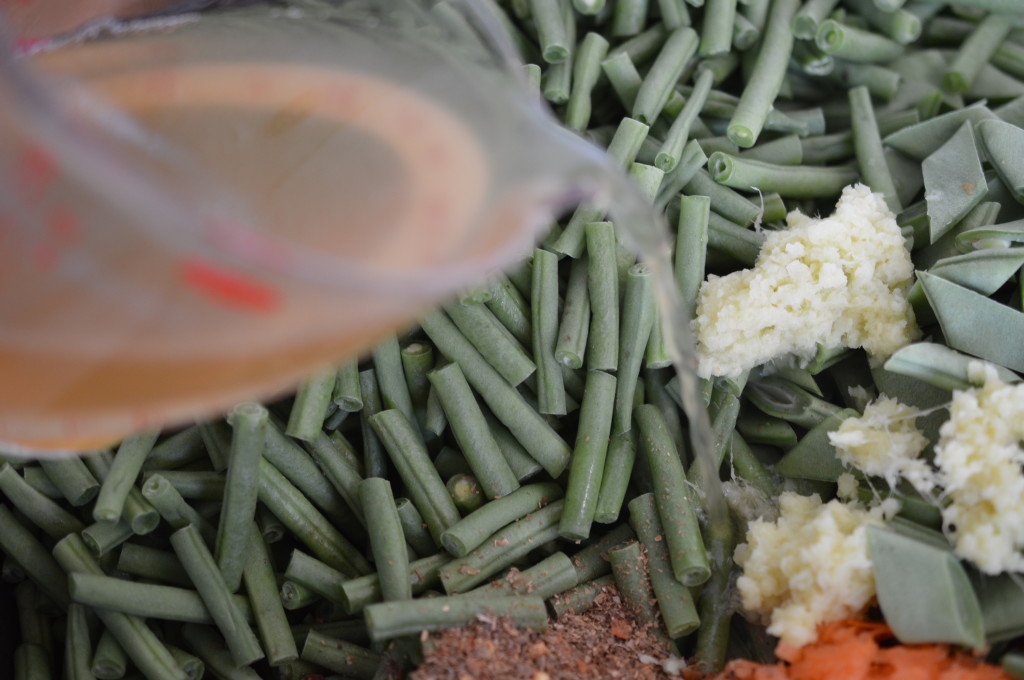
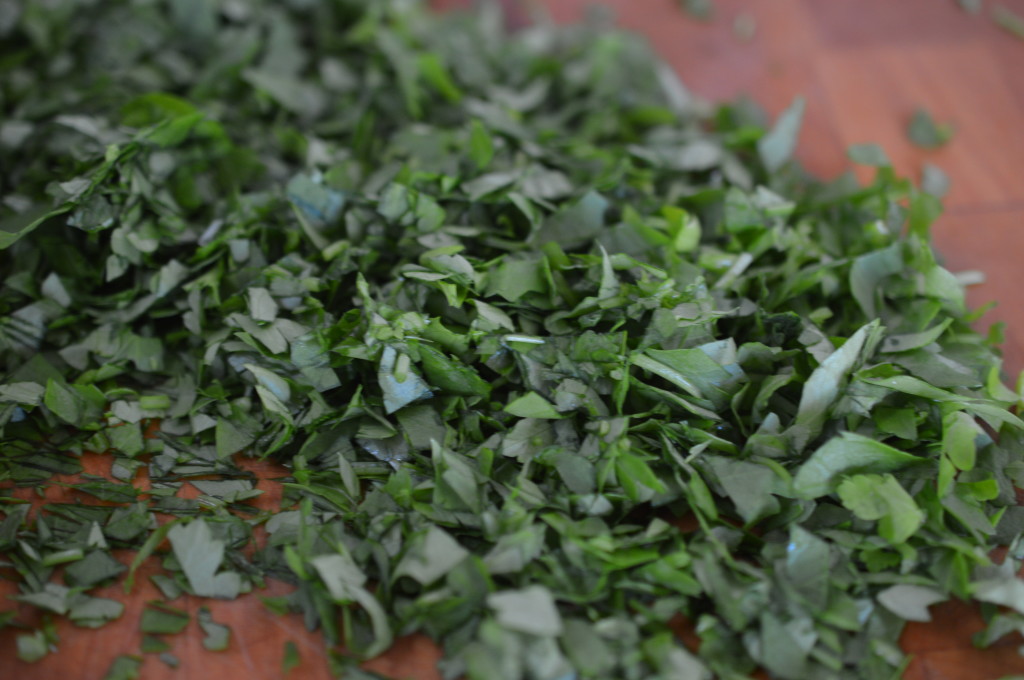
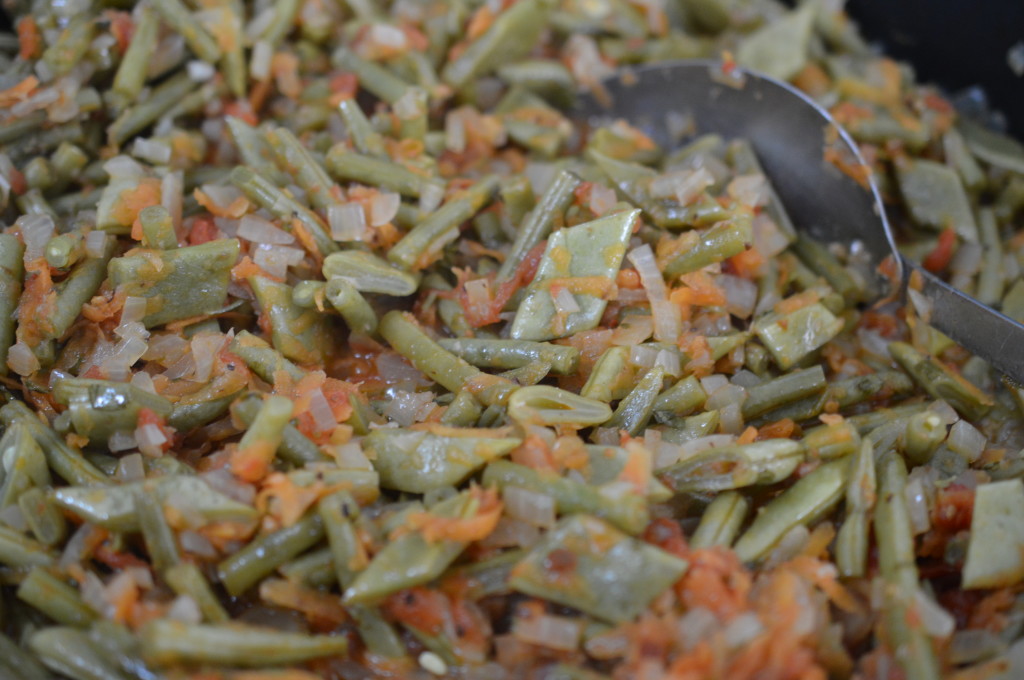
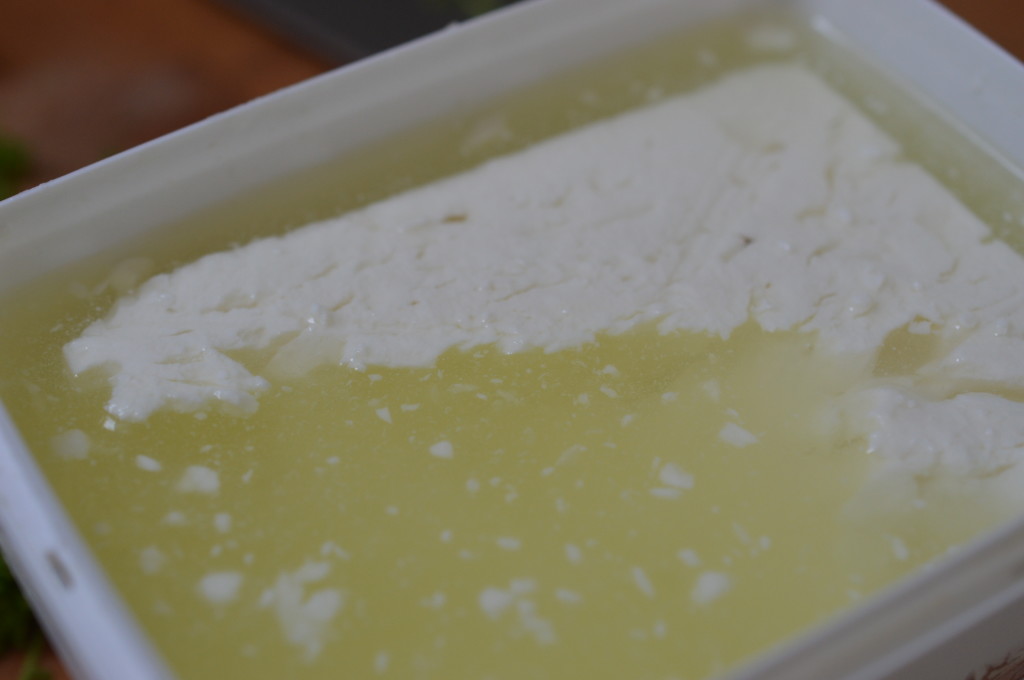
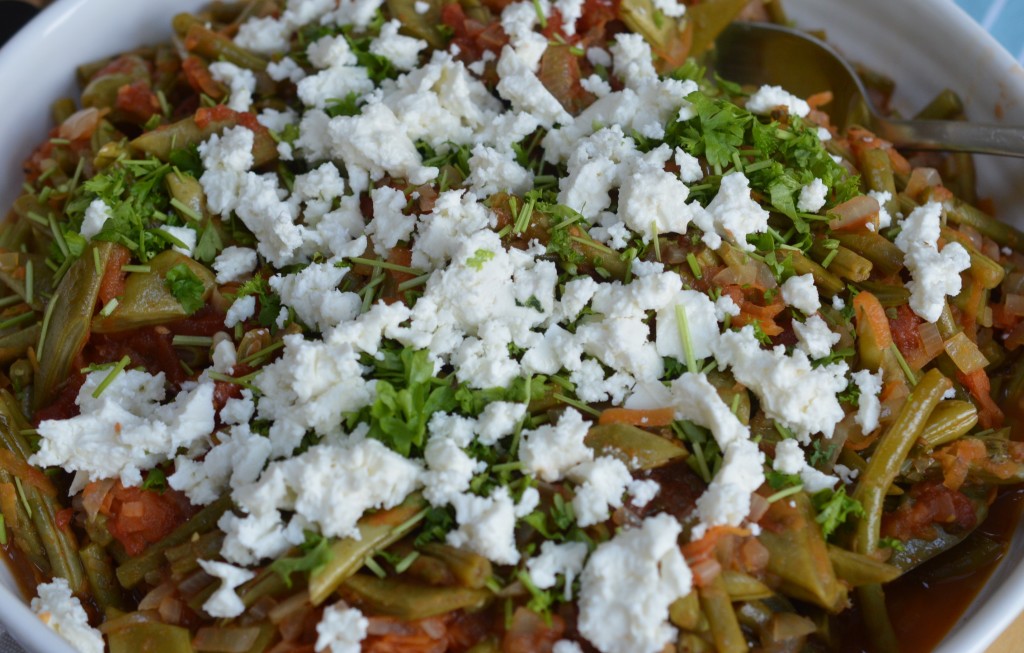
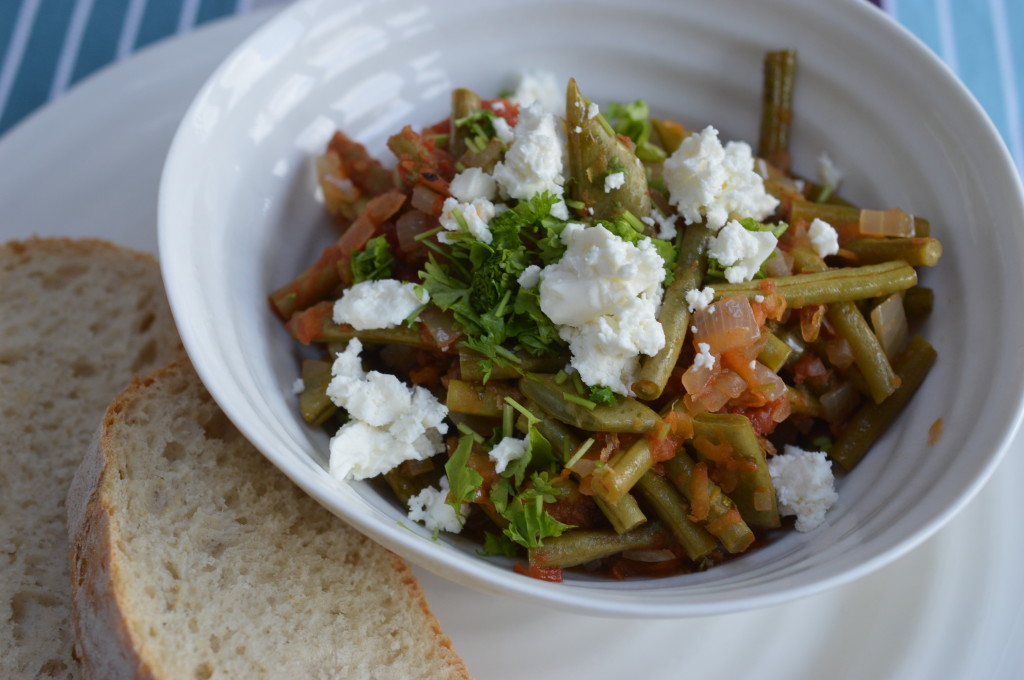
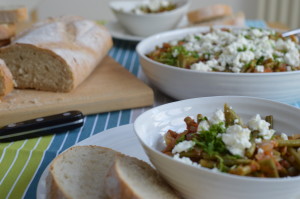

Leave a Reply